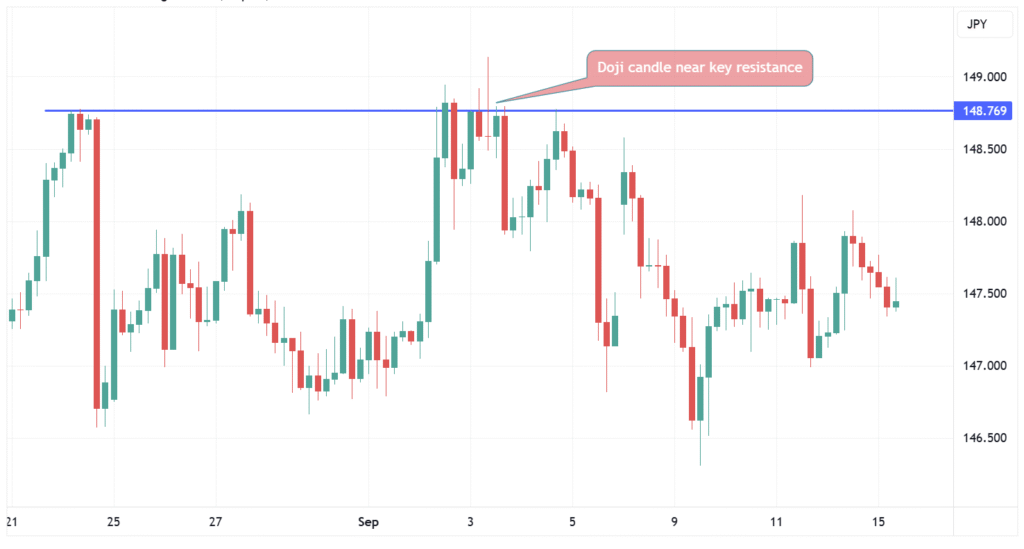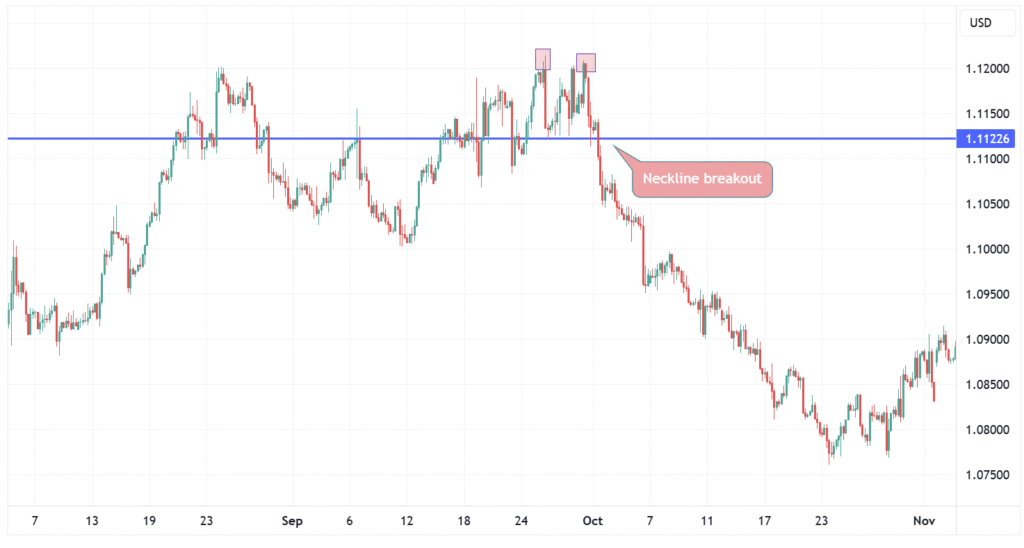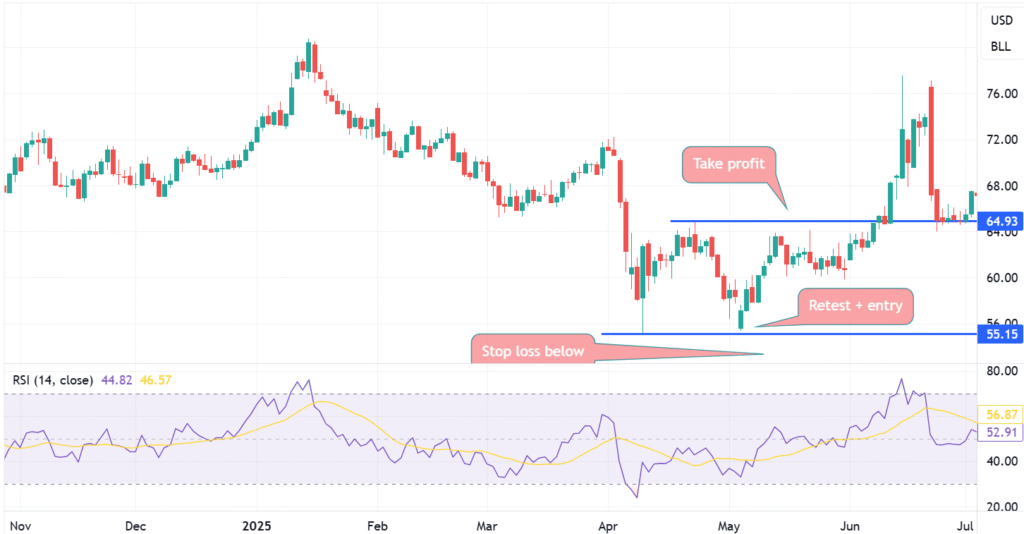Reversal trading is a prop trading strategy based on anticipating reversal points—moments when the market trend is about to shift direction. While the popular saying “the trend is your friend” holds merit, reversal trading can be equally profitable, particularly in the forex prop trading and commodities markets.
For traders working with a funded trading account, reversals offer unique opportunities. The idea is to identify when the prevailing trend is losing strength and profit from the price movement that eventually leads to the formation of a new trend.
It is important to distinguish between a retracement (a temporary pause in a trend) and a reversal (a complete change in direction). Unlike a retracement, a confirmed reversal signals the end of the prevailing trend and the start of a new one.
Reversal trading is a prop trading strategy that can be applied to any asset class and across multiple timeframe charts. Traders look for both bullish and bearish reversals, using price action, chart structures, and indicators to confirm setups.
While contrarian trading can be psychologically challenging, it often strengthens a trader’s decision-making skills. A key aspect of this trading strategy is understanding trading psychology—being willing to take positions against the crowd when signals align.
For those pursuing prop trading, reversal setups provide several advantages:
Price action plays a central role in reversal trading. When an asset bounces strongly off a key support or resistance level with increased trading volume, it may signal a trend change.
Popular candlestick reversal patterns include:
These patterns gain significance when they appear at major support or resistance levels.

Example: Doji candle near key resistance level
Common chart patterns include:

Example: Double top pattern
Indicators act as confirmation tools. Divergence between RSI or MACD and price often signals weakening momentum. Traders may also rely on overbought/oversold readings—for example, a bullish reversal setup with RSI below 30.
This combination of chart and indicator analysis makes reversal trading a flexible trading strategy for both forex prop trading and other asset classes.
Spotting reversals is difficult in real time, and false signals are common. That’s why risk management is essential, especially for traders working with a funded trading account where strict rules apply.
Stop-loss orders are typically placed just beyond the reversal point, while exits target the next significant support or resistance. Tools such as trailing stops or trendlines may also be used.
These practices are equally applicable in stock prop trading, where controlled risk is the foundation of long-term success.
Reversal setups provide strong advantages for prop traders:
For many traders, reversal setups become a cornerstone of their prop trading strategy, allowing them to grow within firm challenges while minimizing drawdowns.
Consider a trader using reversal setups on crude oil (USOIL). Price bounces off the $55.15 support level, suggesting a possible trend change. Instead of entering immediately, the trader waits for a retest. When the retest holds, they enter long, place a stop-loss below the support, and set take-profit near the $65 resistance level.
This conservative approach highlights how combining patience with proper risk management can make reversal trades highly effective.

Trade example
Reversal trading is a flexible and profitable prop trading strategy designed to capture trend changes across asset classes and timeframes. By combining chart patterns, price action, and technical indicators, traders can improve accuracy and manage risk effectively.
For those working with a funded trading account, reversal trading offers frequent opportunities, attractive risk-to-reward ratios, and the chance to strengthen trading psychology and decision-making skills.
Whether applied to forex prop trading or stock prop trading, reversal trading provides a powerful alternative to the traditional trend trading strategy.
